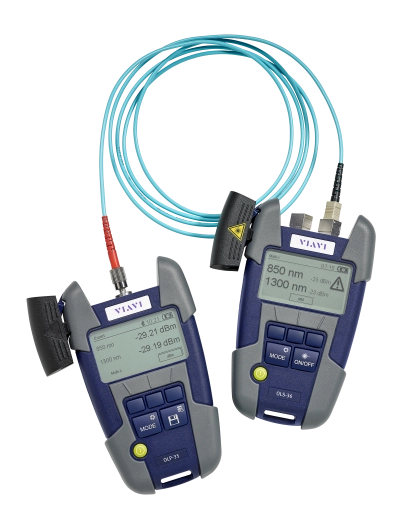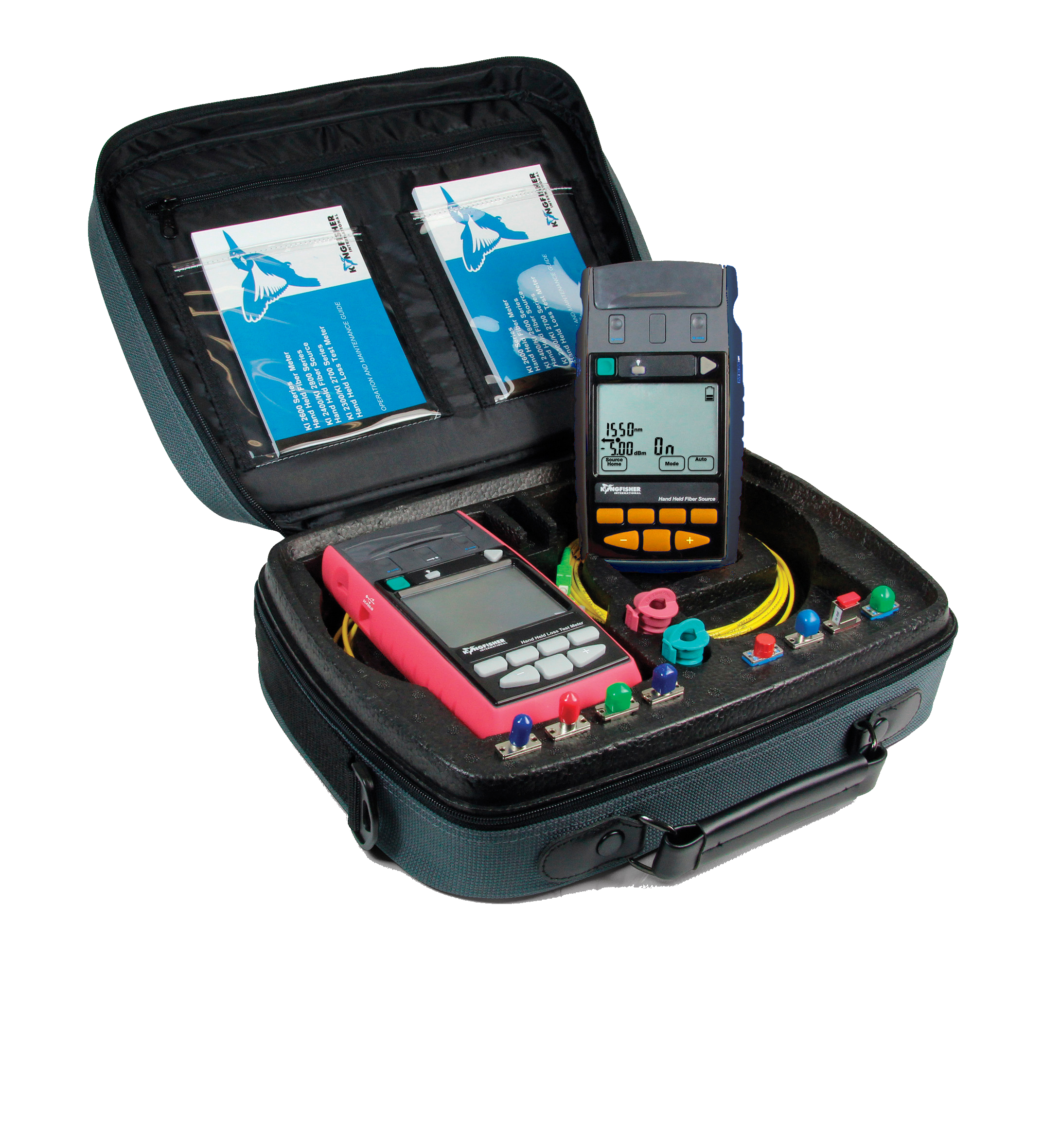Barriers manufacturers face when integrating robotic vision systems
Comprehending Just How an Optical Measurement System Improves Accuracy in Industrial Applications
Optical measurement systems play a crucial duty in improving precision across different commercial applications. By leveraging innovative innovations such as laser interferometry and 3D imaging sensing units, these systems use high-resolution, non-contact dimensions. This capacity minimizes the threat of damaging sensitive parts while making certain precision. Nevertheless, the influence of these systems expands beyond plain dimensions. Exploring their advantages, applications, and future fads reveals an intricate landscape of advancement and obstacles that values better assessment.
The Basics of Optical Measurement Systems
Optical measurement systems act as crucial devices in numerous commercial applications, giving exact data collection and analysis. These systems make use of light as a main means of measurement, leveraging optical concepts to assess dimensions, placements, and surface area features of things. They integrate components such as lasers, cameras, and sensors, which function with each other to record high-resolution pictures and data.
The innovation makes it possible for non-contact dimensions, minimizing the danger of damaging delicate components. Optical measurement systems are functional, discovering utility in top quality control, setting up verification, and dimensional evaluation across various sectors. They are especially reliable in settings where standard measurement methods might fail, such as determining intricate geometries or observing quick motions.
As markets remain to evolve, the integration of optical measurement systems will certainly remain vital for ensuring precision and performance, inevitably boosting product top quality and operational performance in different producing processes.
Secret Technologies Behind Optical Measurement
Secret modern technologies such as laser interferometry strategies and 3D imaging sensing units play a crucial duty in the efficiency of optical measurement systems (robotic vision). These modern technologies allow specific dimensions and in-depth evaluation in various commercial applications. Comprehending their capabilities is essential for harnessing the full capacity of optical measurement systems
Laser Interferometry Techniques
Various laser interferometry methods have actually revolutionized the area of optical measurement, supplying unmatched accuracy and accuracy in various commercial applications. These techniques make use of the disturbance of coherent light waves to determine range, displacement, and surface area abnormalities with nanometer-level precision. Common techniques consist of Michelson interferometry, which splits a light beam of light and examines phase shifts, and Fabry-Pérot interferometry, recognized for its high resolution in gauging little modifications. Additionally, laser Doppler interferometry utilizes regularity changes to analyze rate, making it invaluable in vibrant measurements. The versatility of these strategies allows for their assimilation into varied production processes, improving quality assurance and guaranteeing adherence to rigorous tolerances. Consequently, laser interferometry proceeds to play a crucial role ahead of time commercial measurement standards.
3D Imaging Sensors
Developments in measurement innovation have actually caused the development of 3D imaging sensing units, which play a considerable function in optical measurement systems. These sensors record three-dimensional data with various techniques such as triangulation, time-of-flight, and organized light. By accurately rebuilding the form and measurements of objects, 3D imaging sensing units enhance the accuracy of dimensions in commercial applications. They supply real-time feedback, facilitating quality assurance and guaranteeing that components fulfill stringent specifications. Additionally, their capability to run in tough settings, such as differing illumination problems, makes them invaluable in manufacturing processes. As industries increasingly adopt automation, the combination of 3D imaging sensors right into optical measurement systems is anticipated to drive further improvements in performance and precision.
Advantages of Optical Measurement in Market
Although conventional measurement techniques have long been the requirement in industrial settings, optical measurement systems provide significant advantages that improve accuracy and performance. These systems make use of light to catch information, leading to high-resolution measurements that are often unattainable with conventional strategies. The non-contact nature of optical measurements lowers the danger of damaging sensitive parts during the assessment process. In addition, the speed of optical measurements enables quick information purchase, helping with prompt decision-making in fast-paced industrial settings.
Optical systems are adaptable, efficient in measuring different materials and forms without the need for considerable recalibration. This flexibility adds to improved operations and efficiency. The automation potential of optical measurement systems lessens human error, ensuring constant top quality control. Overall, the integration of optical measurement innovation stands for a modern change in the direction of improved precision and integrity in industrial operations, ultimately causing enhanced item quality and functional effectiveness.
Applications of Optical Measurement Systems

Optical measurement systems play an essential duty in enhancing manufacturing process optimization by providing specific data for decision-making. These systems ensure quality assurance assurance with real-time monitoring and analysis of manufacturing metrics. As industries progressively adopt these modern technologies, their impact on performance and product integrity becomes noticeable.
Production Refine Optimization
Enhancing production procedure effectiveness is increasingly reliant on the combination of optical measurement systems. These systems supply real-time information on numerous parameters, permitting manufacturers to evaluate procedures with a high level of precision. By allowing accurate measurements of measurements, surface characteristics, and product residential properties, optical measurement systems facilitate the recognition of inadequacies and traffic jams in assembly line. The immediate comments from these systems encourages engineers to make educated decisions, causing maximized machining, setting up, and completing processes. Moreover, the ability to keep track of conditions constantly permits for adaptive modifications, reducing downtime and waste. As industries go for higher performance and lowered operational expenses, optical measurement systems become vital tools for enhancing production procedure optimization.

Quality Assurance Assurance
The combination of optical measurement systems significantly influences high quality control assurance in industrial settings. These systems give accurate and non-destructive dimensions, making it possible for makers to spot defects and inconsistencies early in the manufacturing check procedure. By making use of advanced imaging methods, such as laser triangulation and interferometry, optical measurement systems assure that parts meet rigorous specifications. This helps with real-time tracking, lowering waste and decreasing the danger of defective products getting to the market. In addition, the information accumulated can be assessed to fine-tune production processes better, bring about continuous improvement. Eventually, the adoption of optical measurement systems boosts reliability and uniformity in quality assurance, promoting higher self-confidence amongst stakeholders and customers alike in the last products delivered.
Situation Studies: Successful Implementations
Numerous industries have actually efficiently integrated optical measurement systems to improve their functional efficiency and product top quality. As an example, in the automobile field, a famous producer embraced a laser triangulation system to check the placement of vehicle elements. This implementation significantly reduced setting up mistakes, causing enhanced safety and minimized costs.
In the aerospace market, a leading aircraft producer used optical metrology for accuracy measurements of generator blades, attaining a reduction in producing tolerances and far better efficiency requirements.
In a similar way, a consumer electronics business executed optical measurement technology during the manufacturing of smart device displays, leading to boosted quality assurance and a reduction in faulty items.
These study highlight just how optical measurement systems not just enhance precision however likewise add to total operational efficiency, showing their worth across various industries. By addressing certain needs, these systems have verified to be vital devices in modern industrial applications.
Difficulties and Limitations of Optical Measurement
While optical measurement systems offer considerable benefits in different commercial applications, they are not without their challenges and restrictions. One significant worry is level of sensitivity to ecological conditions, such as temperature variations, moisture, and dirt, which can negatively affect measurement accuracy. In addition, optical systems usually call for exact placement and calibration, making them susceptible to human error throughout arrangement and procedure. Another limitation is the capacity for interference from ambient light, which can misshape measurements and demand intricate filtering system strategies. In addition, particular materials and surfaces may provide problems, as reflective or transparent characteristics can cause irregular analyses. The cost of top quality optical parts and systems can additionally be an obstacle for some markets, restricting prevalent adoption. Specialized training is usually required for personnel to successfully run and maintain these systems, including to the overall intricacy and functional difficulties.
Future Fads in Optical Measurement Innovation
As innovations in modern technology continue to form commercial procedures, the future of optical measurement systems is poised for significant development. Arising trends suggest a change towards enhanced try this site integration of man-made knowledge and device learning, making it possible for systems to analyze information in real-time, determine patterns, and boost decision-making processes. Furthermore, the growth of miniaturized sensors and progressed optics is expected to bring about more portable and functional measurement options, making them easily accessible for a wider range of applications.
In addition, the consolidation of 3D imaging and high-resolution capacities will certainly permit for extraordinary precision in measurements, which is vital for industries such as aerospace and auto. The press for automation and Market 4.0 will also drive the demand for optical measurement systems that can quickly interface with various other modern technologies. As these fads unravel, optical measurement systems will likely come to be integral to achieving higher performance and precision throughout various commercial fields.

Regularly Asked Concerns
Just How Do Optical Measurement Systems Compare to Typical Measurement Techniques?
Optical measurement systems offer greater precision and speed contrasted to traditional approaches - optical measurement system. They decrease human mistake, improve data collection efficiency, and supply real-time outcomes, making them progressively favored in various industrial applications for specific measurements
What Industries Benefit the A Lot Of From Optical Measurement Systems?
Optical measurement systems greatly profit industries such as aerospace, auto, and electronic devices. Their capability to give high-precision measurements boosts quality assurance, decreases production errors, and improves total effectiveness, making them essential in competitive manufacturing settings.
Can Optical Measurement Systems Be Customized for Details Applications?
Optical measurement systems can indeed be personalized for specific applications. By readjusting parameters such as wavelength, resolution, and calibration strategies, industries can customize these systems to satisfy unique accuracy and accuracy needs properly.
What Is the Maintenance Need for Optical Measurement Systems?
The upkeep needs for optical measurement systems commonly include regular calibration, cleansing of optical elements, and software program updates. Sticking to these techniques warranties accuracy, dependability, and longevity of the measurement devices in different applications.
How Do Environmental Factors Impact Optical Measurement Precision?
Environmental elements, such as temperature Visit This Link variations, moisture, and dirt, greatly influence optical measurement accuracy. These components can distort light courses and hinder sensor analyses, inevitably jeopardizing the integrity and accuracy of measurements in commercial settings.